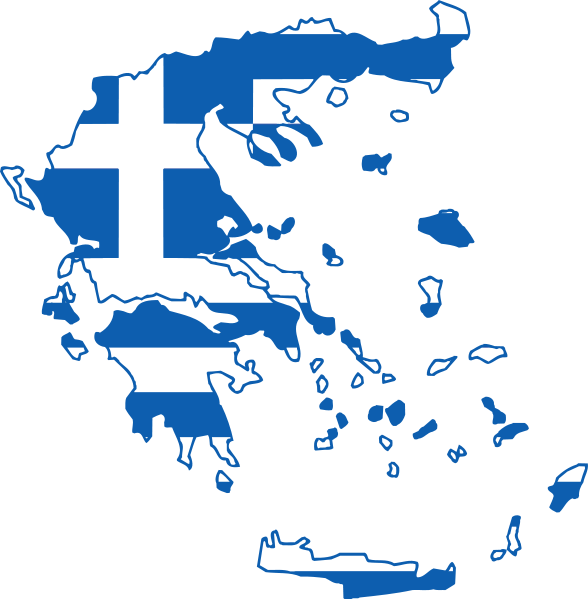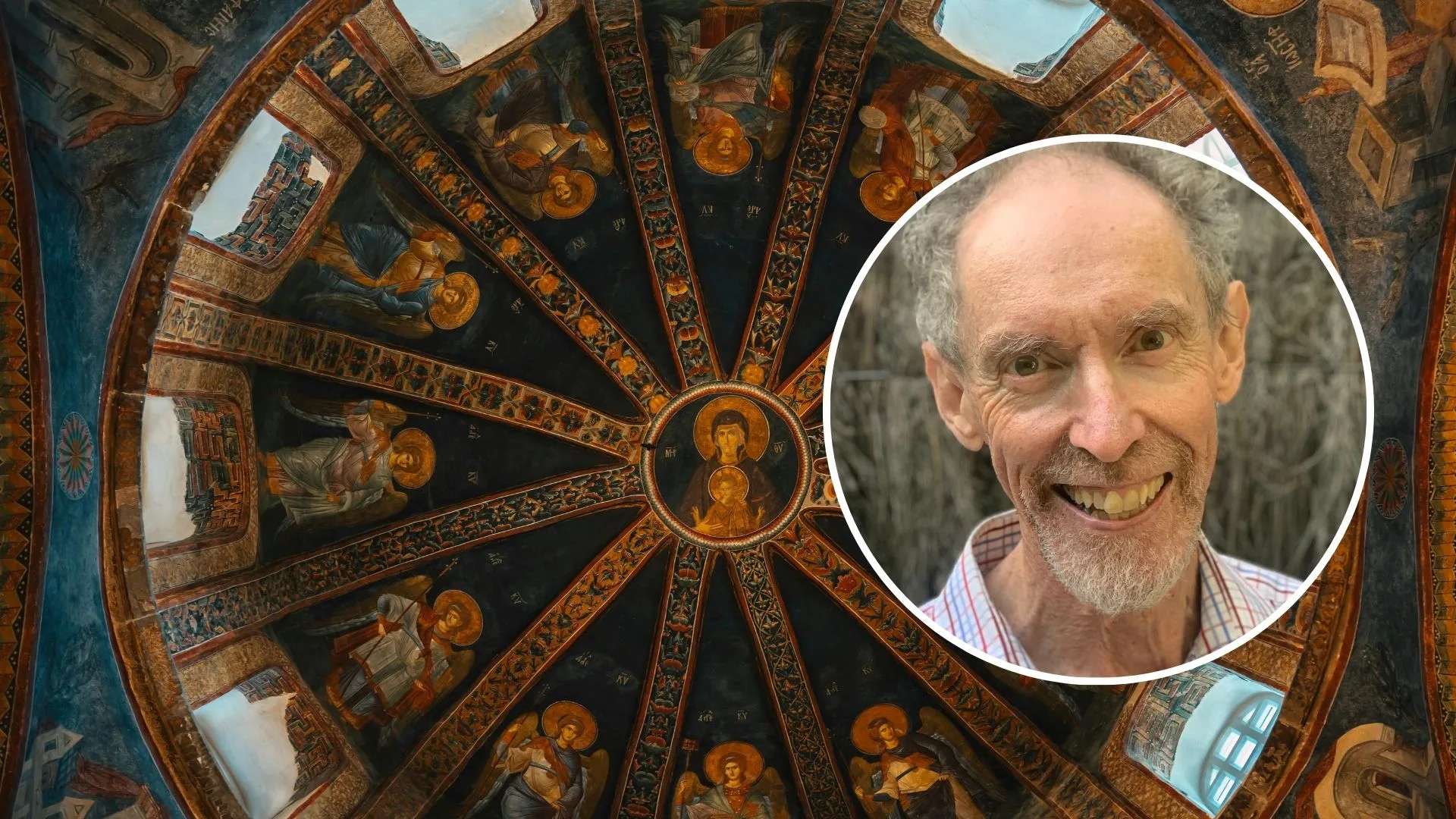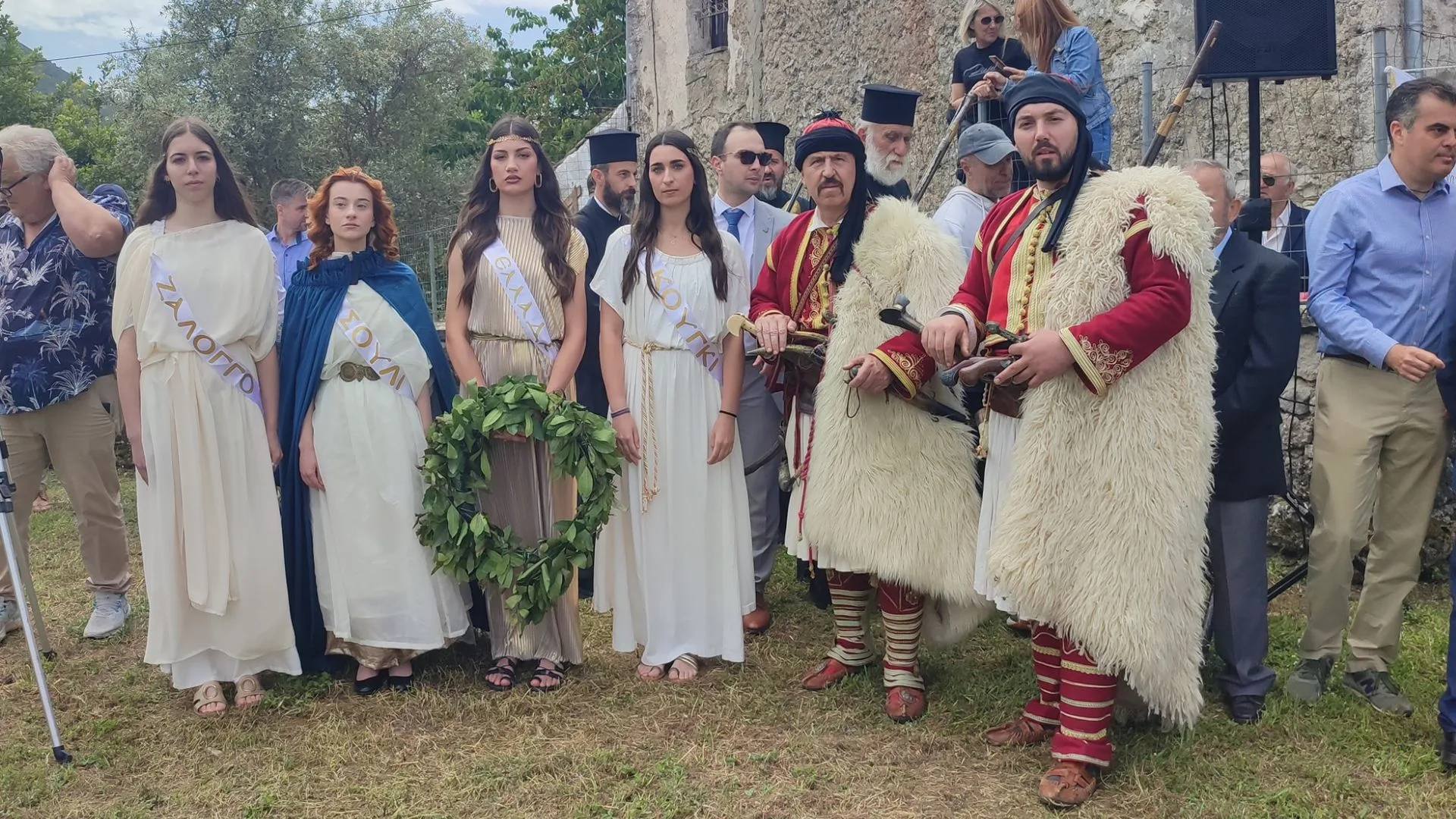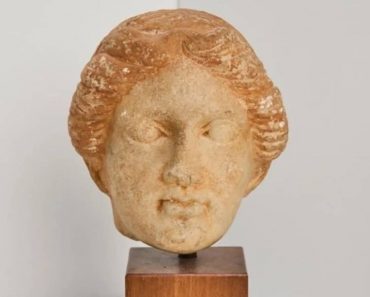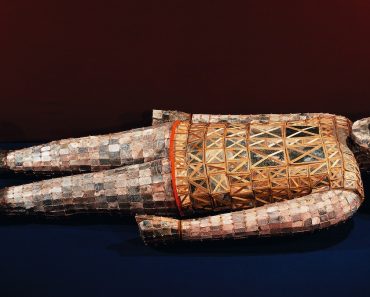Like a weathered tome tucked away in a silent vault, the exhibition “Routes in Art” unfolds within the Chania Municipal Gallery, revealing 99 intimate moments of national soul. Paintings that speak, that remember, that whisper stories—sometimes unknown, sometimes deeply familiar. Like old photographs breathing with light.

In this harbor city of Chania, where the blue sea caresses memory, art returns to breathe new meaning into a place that once, in 1941, sheltered the nation’s gold under the watch of the Bank of Greece. Today, that gold gleams once more—not as metal, but as creation.
The Painters – Keepers of Memory
The works of Gyzis, Papaloukas, Volanakis, Flora-Karavia, Tsarouchis, and more contemporary forces like Rorris and Kessanlis, parade with modest grandeur. Each painting marks a pause in history; each brushstroke inscribes a sign of cultural identity.
From Munich and the Neoclassical School to the silent abstractions of modern expression, Greek painting weaves the story of a nation determined never to forget.

Kefallinos — The Engraver of Alexander
Yannis Kefallinos captured the spirit of Alexander the Great with haunting simplicity. Not merely on paper or copper, but within collective memory—engraved on every hundred-drachma note, in every line that breathes ancient dignity. He etched not just faces, but the very soul of an era—between realism and poetry.

Flora-Karavia — The Impressionist of War
Beneath the velvet softness of her colors, Thaleia Flora-Karavia was a warrior. She crossed battle lines not to write history, but to paint it—the only Greek female war correspondent. From Cairo to Asia Minor, with easel and spirit, she rendered loss, hope, and the human condition.
Parthenis — The Poet of Apotheosis
Konstantinos Parthenis’ Apotheosis of Athanasios Diakos was not merely painted—it was mourned. A tragic symphony of Byzantine spirituality and modern daring. Though marginalized in its time, the work stands as a monument to greatness in Greek painting. The hero’s figure mirrors the path of the painter himself—solitary, tragic, immortal.
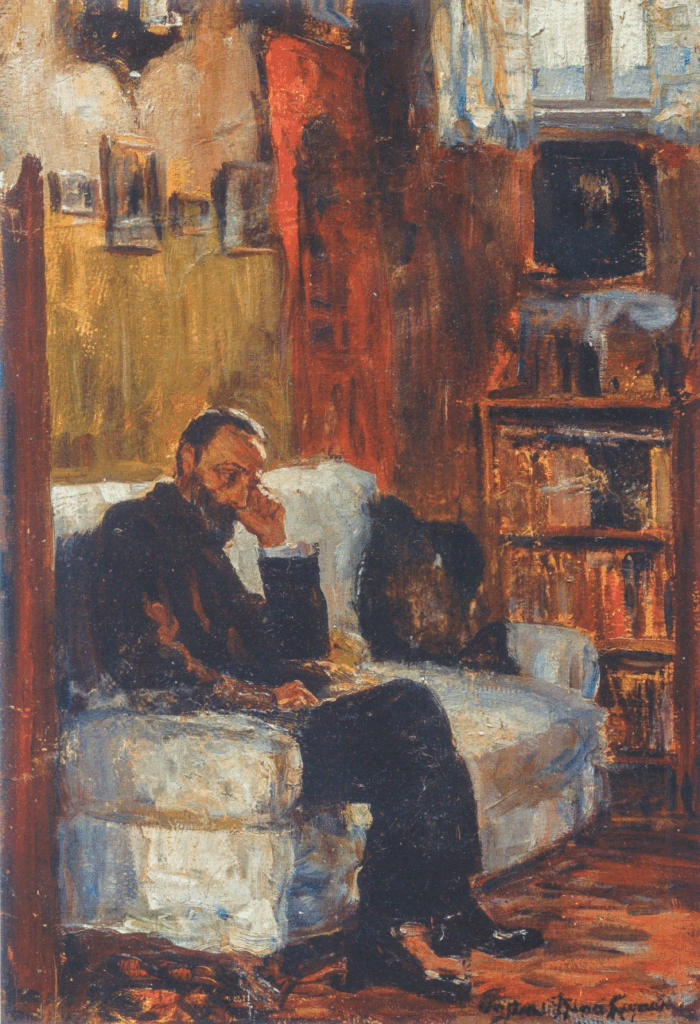
Tsarouchis — The Lady of the Light
Though Yannis Tsarouchis is known for his portraits of men, at the heart of his work stands the serene figure of Despina—his niece, his muse, the light that colors his most earthly glances with a sense of eternity. Her portrait once graced the aura of Metaxa, but her soul remained eternally bound to her uncle’s brush.
Artistic Eras Like Tides
The exhibition moves like a musical harmony in three acts:
- Classical Grandeur – Munich and humility. Gyzis, Lytras, Altamouras.
- Modernist Whirlwind – Parthenis, Tetsis, Maleas.
- Contemporary Liberation – Kessanlis, Papaspyrou, Rorris.
Through these works, Greece rewrites its story—not with swords or decrees, but with light and color. With forms that evoke feeling. With silences that touch the heart. With names that come alive in the galleries and become friends, mentors, whispers.
A Greece That Still Paints
As curator Haris Kanellopoulou aptly notes, every era has its aesthetic dreams, and the Bank of Greece has safeguarded them. Not as a random collection, but as a sacred heirloom of a civilization that knows how to look to the future with eyes fixed firmly on the past.
Ask me anything
Explore related questions
